GENERAL TIPS FOR CONSUMING WEED EDIBLES
Edibles are a super popular sector of cannabis for many good reasons. They help you enjoy the plant without smoking, they taste good like any ol’ snack, and, though the edibles market is absolutely dominated by weed gummies, they come in many different food and infusion styles.
Still, some people continue to fear cannabis edibles because of the potency tales they’ve heard. Some people believe that they will have a bad, almost “trippy” experience, if they eat weed edibles, due to the way that cannabis brownies have been shown in mainstream media and Hollywood.
That’s the wrong way to approach cannabis. So, to curb your edible fears, let’s discuss why edibles can get you so high, how to shop for them, and most importantly, some best practices for consuming them so you can ensure the consumption experience will be positive.
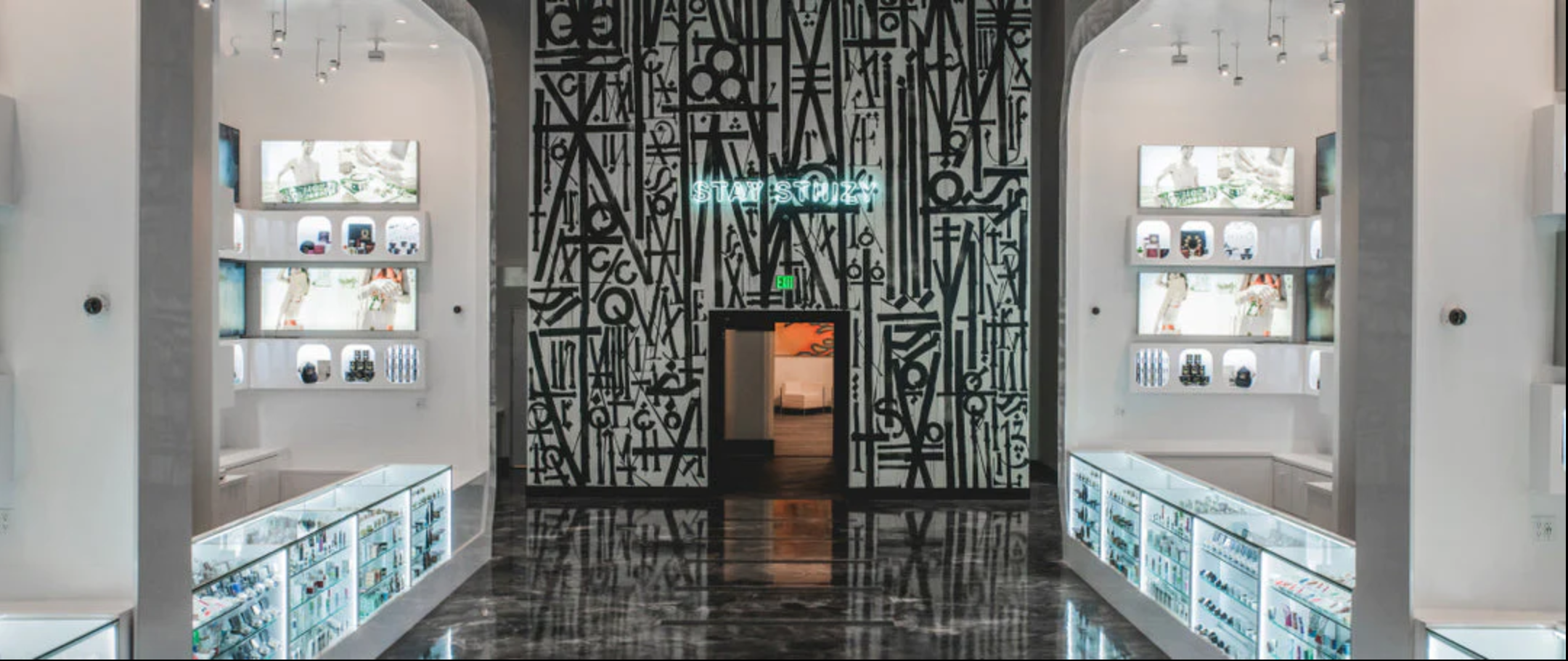
Buying edibles at dispensaries
Sure, you can make edibles at home, but buying them from a weed dispensary offers more benefits, in terms of product selection and cannabinoid variety.
Step foot into a legal cannabis dispensary and you’ll see a whole world of different products. You’ll see sativa, indica, and hybrid flowers; you’ll see a wide range of concentrates and flavors for dabs and vape pens; and you’ll see a bunch of THC/CBD gummies, chocolates, caramels, and more.
When buying edibles, the choice really comes down to personal preference. Shop for flavors and food types based on your palette, and also the experience you’re seeking from the edibles. Experience-wise, there are many different cannabinoid ratios that allow edible manufacturers to promote different types of effects.

Cannabinoids to look out for in weed edibles
Most edibles are THC-dominant, but some others contain a mixture of CBD, CBG, and CBN.
CBD is the second major cannabinoid in cannabis, right behind THC. It doesn’t get you high, as CBD is categorized as non-psychoactive, but it is believed to have many health and therapeutic, which is why you’d want to include it in your cannabis regimen.
CBG is a minor cannabinoid that comes from CBGA. CBGA is the precursor to all cannabinoids. There may be many potential health benefits to CBG, but more research is needed before we can make any full claims. CBG is non-intoxicating.
CBN is a minor cannabinoid that has been credited for having sedative and sleepy effects. THC converts into CBN as cannabis ages. It is intoxicating, but to a lesser degree than THC.
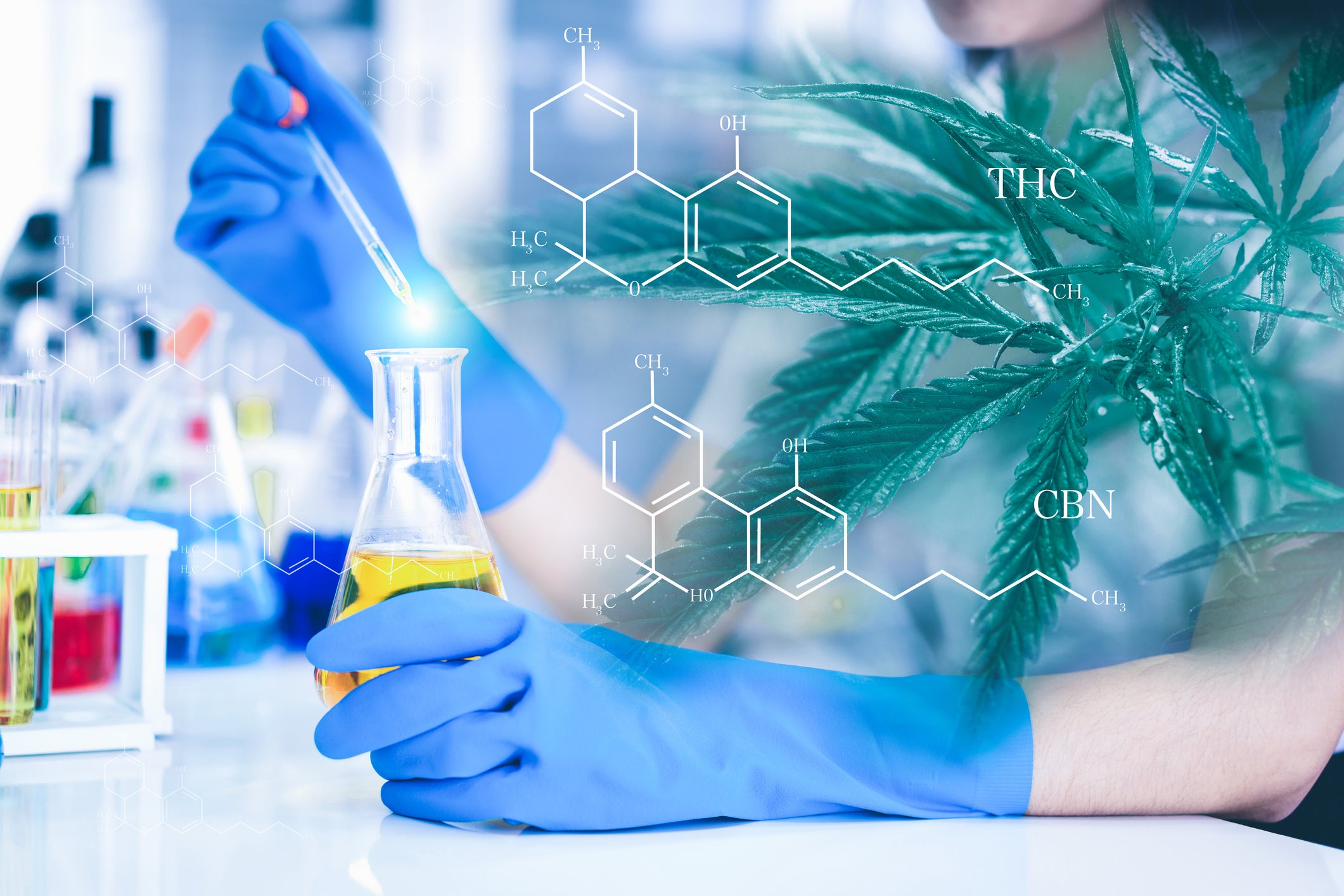
Cannabis concentrates in weed edibles
In addition to flavors and cannabinoids, buying your edibles from dispensaries gives you the chance to try them made from different concentrates. At the weed store, you’ll find edibles made with distillate, live resin, and solventless rosin.
Dosage
When buying and consuming these edibles, just make sure you have paid attention to dosages to know how much of whatever compounds you bought will be entering your body.
Sometimes people buy beverages and then drink the whole thing, before finding out that the bottle contained 100mg THC instead of the expected 10mg THC.
Don’t make that mistake, or else you will be way higher than you intended to be.
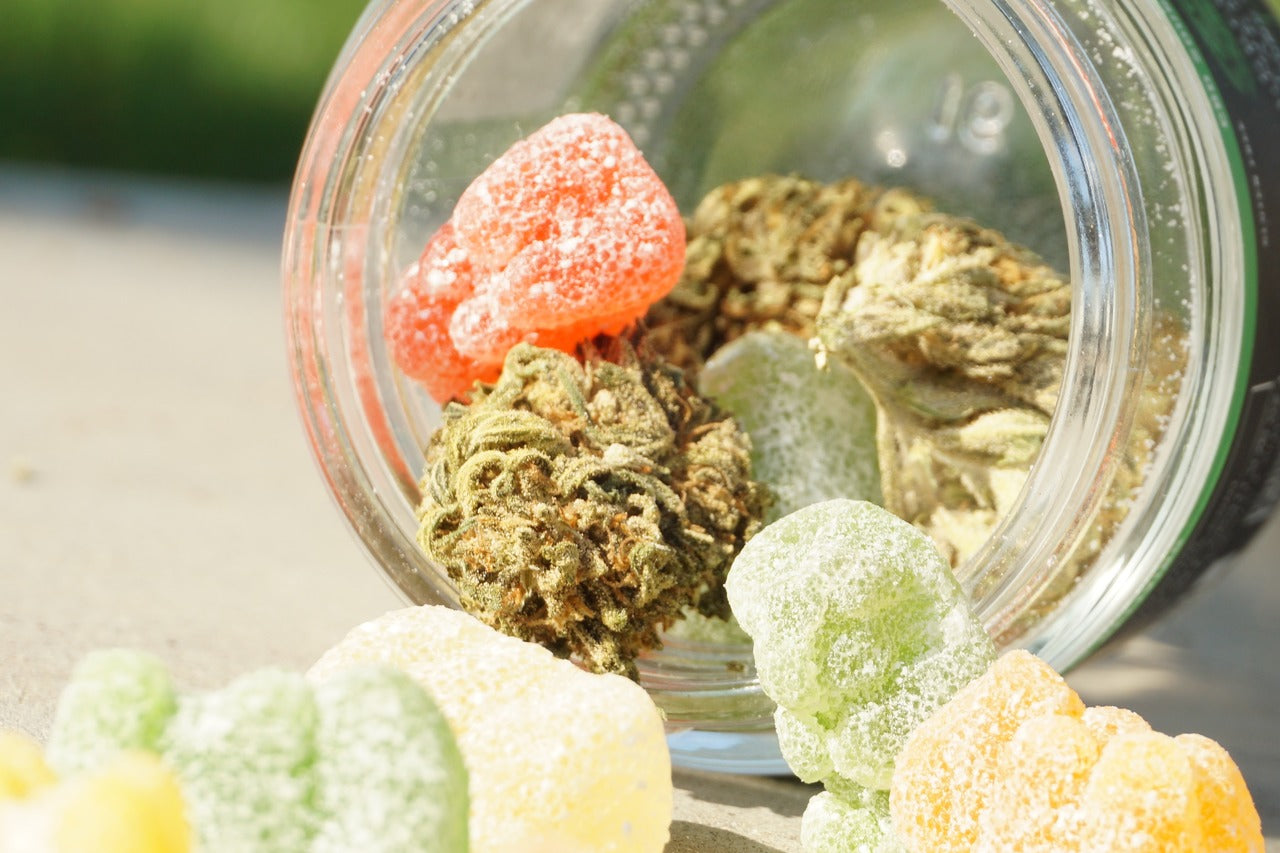
How do cannabis edibles get you high?
11-hydroxy-THC. That’s why edibles get you so high.
Tetrahydrocannabinol (THC), as we all know, is the chemical compound in cannabis that gets you high. High refers to the feel-good, buzzy, euphoria that you feel after smoking a joint, taking a dab, and eating edibles.
The type of THC you take in when you’re smoking is called Delta-9-THC. Delta-9 enters your body and bloodstream orally, then hits the brain within 15 minutes. When you eat edibles, Delta-9 metabolizes into 11-hydroxy-THC through the stomach, then enters your bloodstream through the liver.
Why are cannabis edibles so potent?
As mentioned above, different types of THCs produce varying potencies.
When you smoke cannabis flower, the THC you consume is delta-9-THC. When you eat edibles, the type of THC you feel is 11-hydroxy-THC.
The result of 11-hydroxy-THC is a much more potent and longer-lasting high. Weedmaps states that one study suggests that 11-hydroxy-THC is 1.5 to 7 times more potent than Delta-9, due to how it binds to your CB1 receptors.
This is why eating too many edibles in too short of a time span will lead to an unpleasant high.
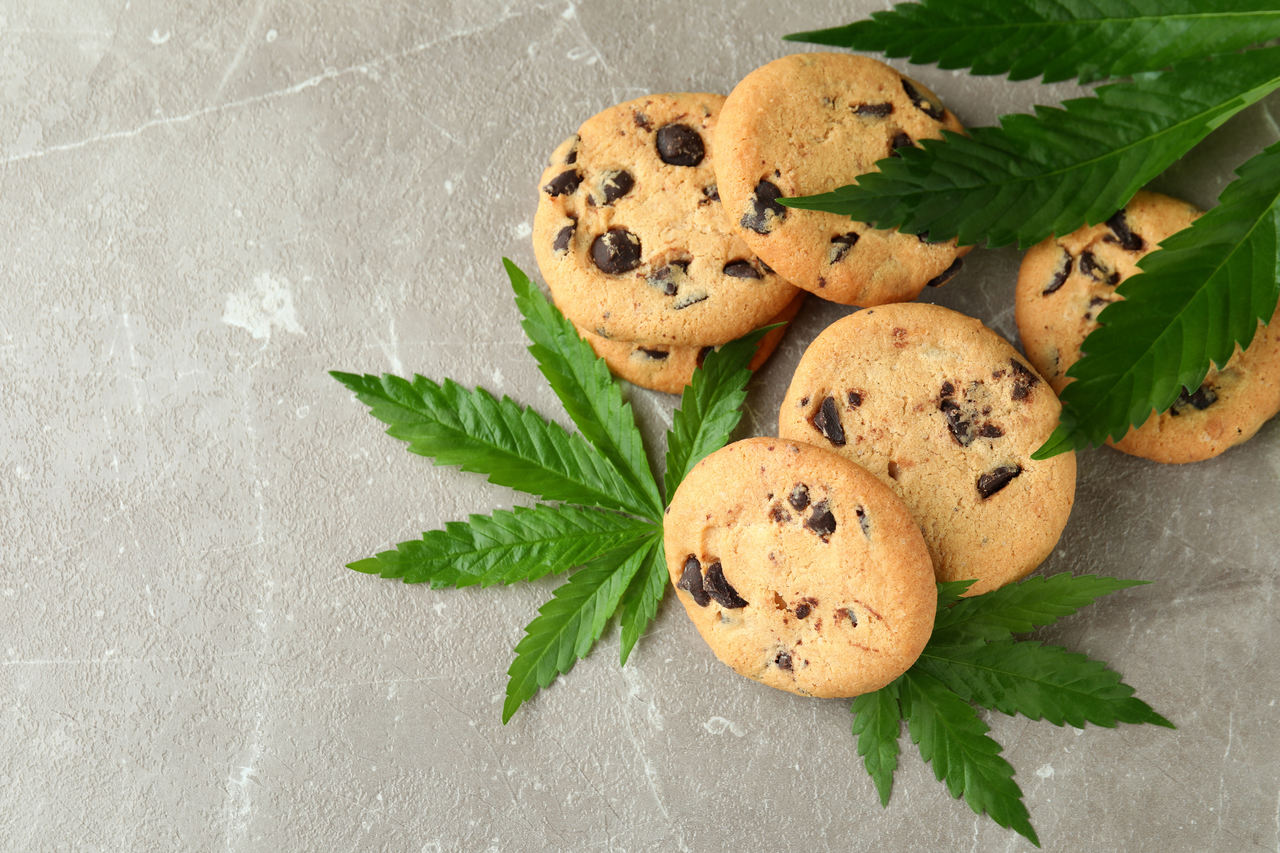
How long do edibles stay in your system?
How long weed edibles stay in your system depends on how frequently you use cannabis and your physical composition. THC stores in your body’s fat cells, so the higher your body’s fat percentage, the longer THC will be detectable.
In general, weed will appear on a drug test for up to 90 days, depending on what part of the body is tested. According to Banyan Treatment Center, THC from edibles can be detected for 3 to 4 days in blood; in saliva, edibles can be detected for 1 to 3 days; in urine, 3 to 30 days; and in hair, THC edibles can be detected for up to 90 days.

Best practices for consuming edibles
Here are some tips on consuming edibles, and how to do so safely.
Tip #1: Be patient with weed edibles
People usually get too high on edibles because they eat too many in a short time span. Never do that. Though some edibles have been engineered to have an onset time within 30 minutes, most edibles hit within 1 to 3 hours.
Just because you don’t feel the high immediately after consumption, like when smoking flower or taking dabs, doesn’t mean your edible was a dud. If you’re going to eat more than one dose of edibles, at least give each dose a couple of hours to hit first.
Tip #2: Pay attention to dosage
It’s easy to assume that each dose of edibles is 10mg of THC per cookie or gummy. However, some are 20mg, and even as high as 100mg. To ensure you have an enjoyable experience, know the exact dosage of your edibles.
Tip #3: Know your tolerance level
If you’re a lightweight when it comes to consuming edibles, there are low-dose options that are only 2mg-5mg of THC. Additionally, you can always cut gummies and chocolates into halves or quarters that allow you to take smaller doses.
Consuming cannabis is all about knowing your body and how it reacts to various products. Eating edibles is no different.
Tip #4: Don’t eat edibles and drink alcohol together
Consuming any type of weed products with alcohol can hit you with the dreaded crossfade. The crossfade is when you get dizzy and nauseous, otherwise known as the spins, after drinking alcohol and getting high. It’s the worst. To avoid it, don’t mix weed and alcohol.
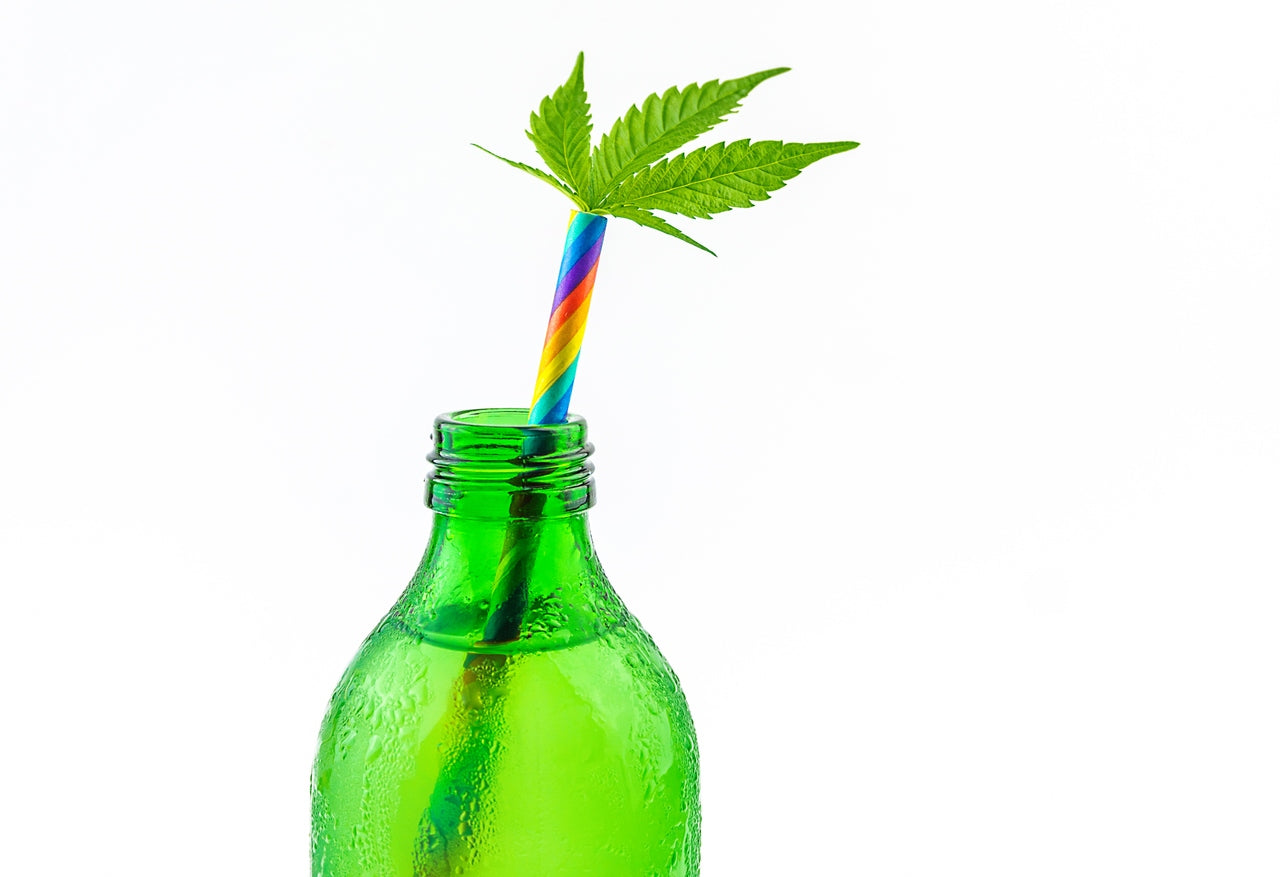
Tip #5: Consume edibles in a relaxed environment
If you’re going to eat an edible that’ll end up providing a hazy and lazy type of high, you want to be in a comfortable setting. That could be at home on the couch, with homies you trust, or wherever makes you feel comfortable. You don’t want to be somewhere feeling angst when the edible hits with uncontrollable effects.
It’s important to remember that there is nothing to fear about cannabis edibles. If you pay attention to your dose, are patient with onset time, and consume within your tolerance levels, you will be just fine eating rosin-infused gummies and live resin-infused chocolates. As always, just make sure to only purchase your edibles from legal brands and legal dispensaries.
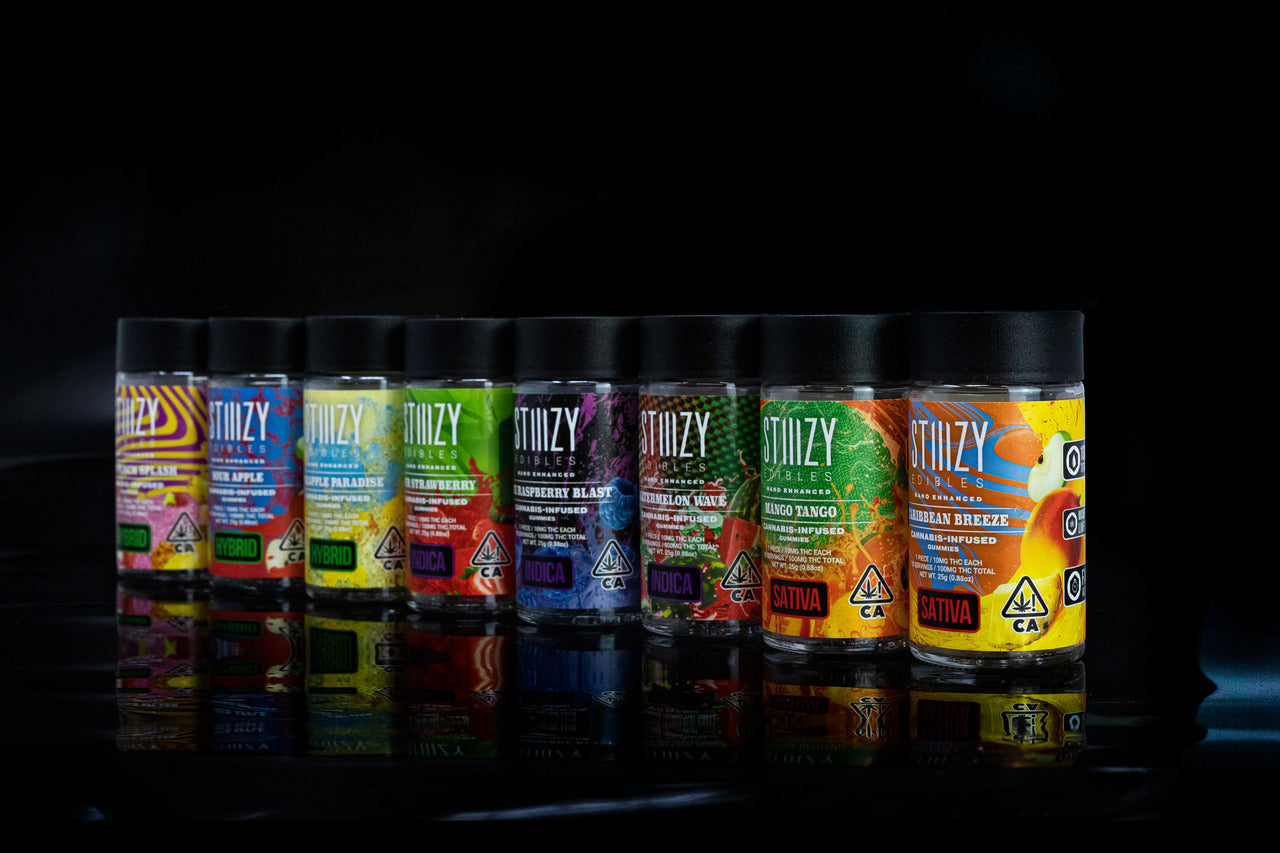
At STIIIZY, we only use premium flower for all of our cannabis products, including our proprietary pods and battery system, and edibles.
The content provided on this blog is for informational purposes only and is not intended as professional medical advice, diagnosis, or treatment. Please consult with your healthcare provider and local laws before purchasing or consuming cannabis.

